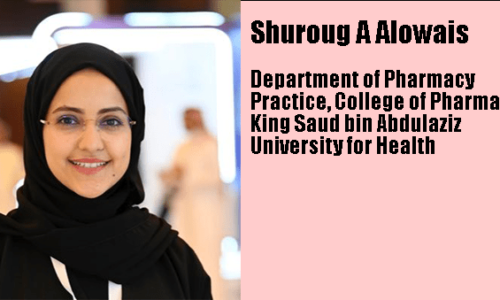Artificial intelligence (AI) predicted the development of a leading cause of blindness in new research. A collaboration between Moorfields Eye Hospital in London and Google’s DeepMind and Google Health found that AI predicted the development of wet age-related macular degeneration (wet-AMD) more accurately than clinicians.
Wet-AMD can lead to rapid and severe loss of sight. If detected early enough, treatment can prevent the condition from getting worse. But once damage has occurred, it cannot be reversed.
People attending appointments for wet-AMD in one eye routinely have scans taken of both eyes. In the study, researchers developed a model to predict whether or not wet-AMD would develop in the second eye within six months.
Doctors and optometrists in the study based their predictions on the scans, along with other patient information. Predictions made by the AI model, based on the scans alone, were more accurate.
AI could help doctors diagnose and start treatment earlier. This is expected to give better outcomes for patients.
What’s the issue?
Wet age-related macular degeneration is the leading cause of blindness in the Western world. It tends to affect older people and is most common in the over 50s. It is a degenerative condition and gets worse with time. Left untreated, it leads to loss of central vision, which makes many activities difficult, including reading, recognising faces and driving. The disability caused by this condition can undermine people’s independence.
New, effective treatments have been recommended by the National Institute for Health and Care Excellence (NICE) for use in the NHS in the past decade. But up to half of those diagnosed with late-stage wet-AMD in one eye will go on to develop it in the other eye. Knowing this is likely causes patients a great deal of distress as they are aware of how much it will impact their well-being and independence.
Development of the condition can be rapid and treatment success is dependent on early diagnosis and intervention. But it is not currently possible to predict if or when wet-AMD will affect the second eye.
Analysing scans is time consuming, and this can contribute to delays in diagnosis and treatment.
What’s new?
Researchers at Moorfields Eye Hospital developed an AI model to predict the development of wet-AMD. It analyses digital eye scans (called optical coherence tomography or OCT) used in clinical practice. These scans look at the different layers of eye tissue.
This study included eye scans from 2,795 patients who had wet-AMD in one eye. They were being treated at seven different sites across London between 2012 and 2017.
More than half (60%) of the scans were used to train the AI model. The model was checked in a further 20% scans. This study used the remaining scans to compare the performance of the AI model with that of experts. The model and the experts were asked to predict whether patients would develop wet-AMD in their second eye, within six months of the scan.
The AI model correctly predicted the development of wet-AMD in two in five (41%) patients. It over-predicted wet-AMD in some, who were falsely told they would develop the condition in the second eye. But overall, the model out-performed five out of six experts.
Why is this important?
This is the first example of AI being used to group patients according to their risk of developing a condition (risk stratification). The study found that an AI model was more accurate than doctors and opticians attempting the same task, even though they had access to more information about the patients.
Risk stratification is important for helping hospitals to direct resources towards the patients who need them most. For patients, early intervention for wet-AMD can minimise sight loss, which reduces the impact it will have on their lives, and ultimately on society as a whole.
What’s next?
A clinical trial is planned for 2021. People who already have the condition in one eye will be followed to see how well this model predicts the development of wet-AMD in practice.
You may be interested to read
The full paper: Yim J, and others. Predicting conversion to wet age-related macular degeneration using deep learning. Nature Medicine. 2020;26:892–899
DeepMind published the following blog post to provide some background information to the paper in May 2020: Yim J, and others. Using AI to predict retinal disease progression. DeepMind Blog Post. 18 May 2020
The first paper published from the partnership between researchers at Moorfields Hospital and DeepMind demonstrated that a deep learning model could be used to analyse OCT scans for a variety of eye diseases that affect the retina: De Fauw J, and others. Clinically applicable deep learning for diagnosis and referral in retinal disease. Nature Medicine. 2018;24:1342–1350
DeepMind published the following blog post to announce the 2018 findings: Suleyman M. A major milestone for the treatment of eye disease. DeepMind Blog Post. 13 August 2018
Funding: Pearse Keane is supported by an NIHR Clinician Scientist Award.
Conflicts of Interest: Study authors Pearse Keane and Geraint Rees are paid contractors of DeepMind. Other authors have received fees and funding from various pharmaceutical companies.
Disclaimer: Summaries on NIHR Evidence are not a substitute for professional medical advice. They provide information about research which is funded or supported by the NIHR. Please note that the views expressed are those of the author(s) and reviewer(s) and not necessarily those of the NHS, the NIHR or the Department of Health and Social Care.





